My No-Nonsense Guide to Growing Incredible Sauce Tomatoes
I’ve spent more years than I can count with my hands in the dirt, and if there’s one thing I’ve truly geeked out on, it’s growing plum tomatoes. There’s just something special about turning a massive harvest of dense, meaty tomatoes into jars of rich sauce that feeds you all winter. It’s not just gardening; it feels like you’re creating something genuinely valuable from a tiny seed.
In this article
- Before We Dig In: The 3 Rookie Mistakes to Avoid
- First, Let’s Talk Soil Science (The Fun Part, I Swear)
- The Foundation: Site Prep and Building Great Soil
- Choosing Your Champion: Which Tomato Is Right for You?
- From Seedling to Garden Beast
- The Season-Long Care Routine
- Troubleshooting the Inevitable
- Growing in Pots or Different Climates
- The Payoff: Harvesting Your Bounty
- Galerie d’inspiration
But let’s be honest, you’re probably wondering two things: How many plants do I actually need, and what’s this going to cost me? Good questions. For sauce, a good rule of thumb is to plan on 5-6 determinate plants per person in your household. This should give you a big, concentrated harvest for a weekend of canning. As for the budget, getting started doesn’t have to break the bank. You can get going for around $50 to $100 if you’re smart about it.
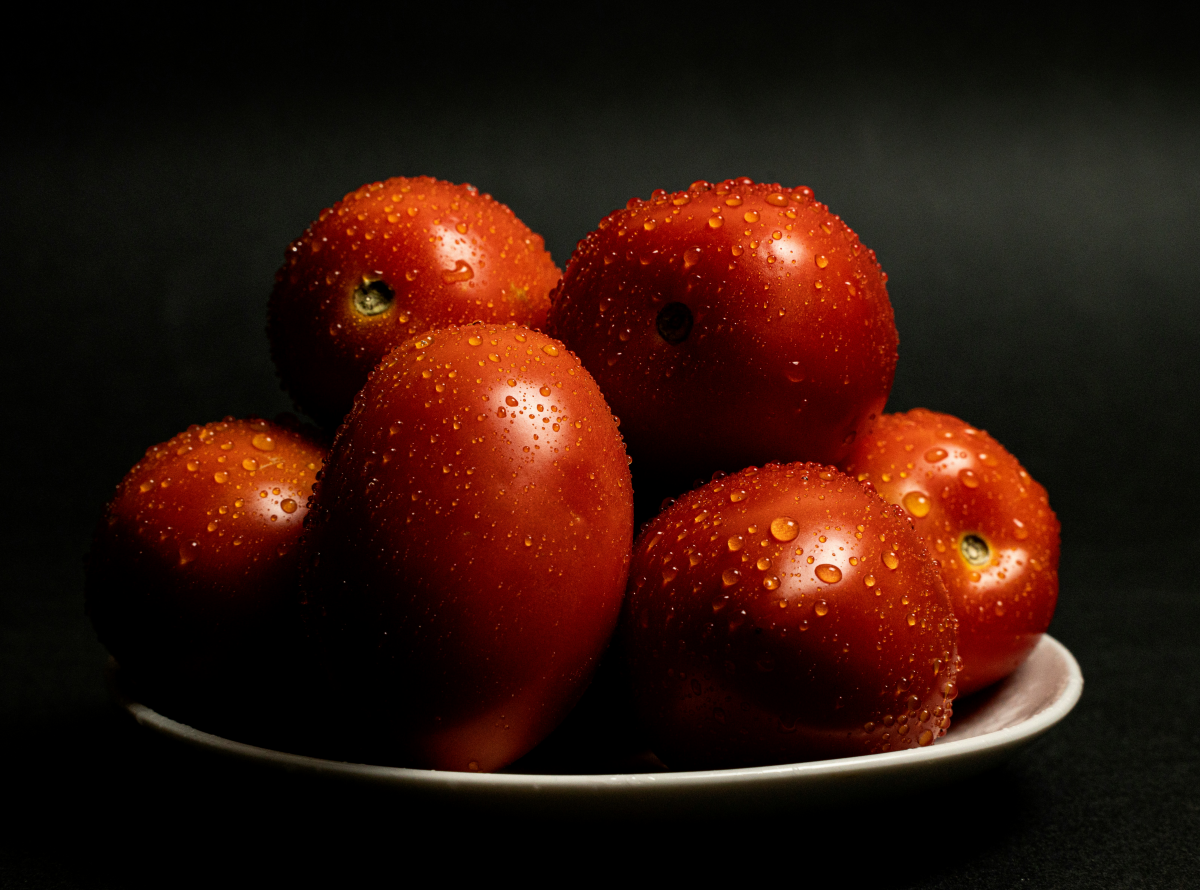
A Quick Beginner’s Shopping List:
- Seeds or Seedlings: A packet of seeds is cheap, maybe $3-$5. Seedlings from a nursery will run you $4-$6 per plant.
- Good Soil/Compost: This is where you don’t want to skimp. A few large bags of quality compost or garden soil will cost between $30 and $50.
- Tomato Cages: Simple cone-shaped cages are about $5 each, but trust me, they’re often too flimsy. Sturdier square cages can be $15-$25 each, but they last forever.
- Fertilizer: A box of good organic fertilizer (we’ll talk brands later) is usually in the $15-$20 range and will last you the whole season.
Before We Dig In: The 3 Rookie Mistakes to Avoid
Over the years, I’ve seen the same few mistakes trip up new gardeners. If you can sidestep these, you’re already halfway to a great harvest.
1. Watering Wrong: A light sprinkle every day is the absolute worst thing you can do. It creates weak, shallow roots and encourages disease. We’ll cover the right way to do it, but just remember: deep and infrequent is the mantra.
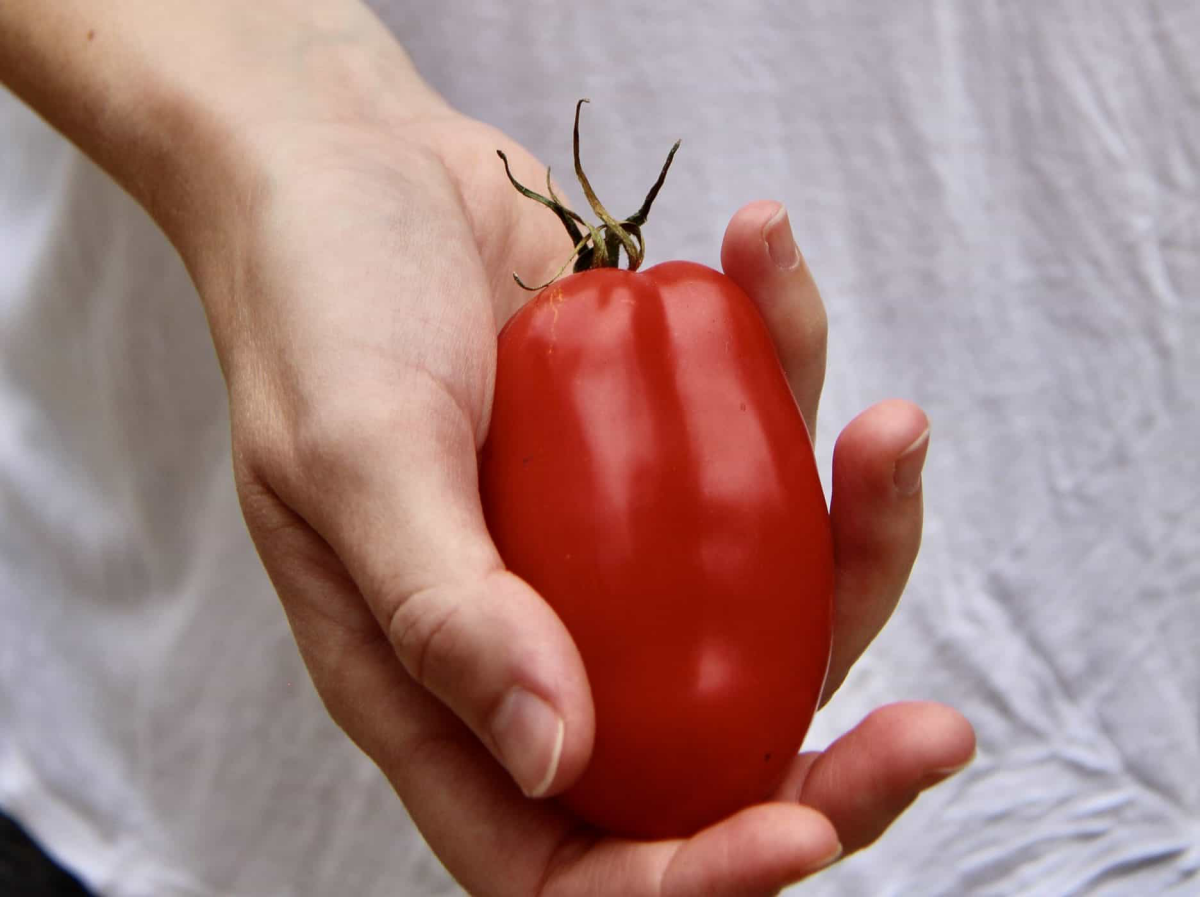
2. Skipping the “Hardening Off” Step: You can’t just take a baby seedling from your cozy windowsill and plop it into the harsh reality of the garden. It’ll go into shock. There’s a gradual process to acclimate them, and it’s non-negotiable.
3. Ignoring Your Soil: Just sticking a plant in any old dirt and hoping for the best is a recipe for disappointment. Tomatoes are heavy feeders, and the soil is their dinner plate. A little prep work here pays off big time.
First, Let’s Talk Soil Science (The Fun Part, I Swear)
So, why are plum tomatoes so good for sauce? It comes down to their anatomy. A big slicing tomato is full of watery, gel-filled seed pockets. Plum tomatoes, on the other hand, have thicker flesh and fewer seeds. This means less water to cook down, which gives you a richer, more concentrated sauce in less time. Pretty cool, right?

To build that dense flesh, the plant needs a steady diet. But it can only eat what’s available, and that’s controlled by your soil’s pH. Think of pH as a gatekeeper. For tomatoes, the sweet spot is slightly acidic, right around 6.0 to 6.8. In this range, all the crucial nutrients like calcium and potassium are ‘unlocked’ and easy for the roots to absorb. If your soil is too alkaline (above 7.0), key nutrients get locked up, and your plants will look pale and sad no matter how much you feed them.
How do you know your pH? Get a soil test. Seriously. It’s the best money you’ll spend. You can get a basic kit from your local university extension office for about $15 to $30. It takes the guesswork completely out of the equation.
The Foundation: Site Prep and Building Great Soil
Getting the garden bed right before you plant is the most critical investment you’ll make. A strong start prevents a season’s worth of headaches.

Sun and Air are Everything
Tomatoes are sun-worshippers. They need, and I mean need, at least eight hours of direct, blazing sun every day. Any less, and you’ll get a big green bush with very few tomatoes. Just as important is air circulation. Don’t cram your plants into a stuffy corner against a fence. Trapped humidity is an open invitation for fungal diseases like blight. Space them out in an open area where a breeze can keep the leaves dry.
Building a Rich Bed
The ideal soil is dark, crumbly, and holds moisture without being a swamp. The secret ingredient? Compost. For a new garden bed, I spread a solid 3- to 4-inch layer of well-rotted compost (either homemade or bagged from a store like Home Depot) and work it into the top 8 inches of soil with a garden fork. It’s a bit of a workout, but it creates an amazing root zone. For my existing beds, I just top-dress with an inch or two of compost each spring.
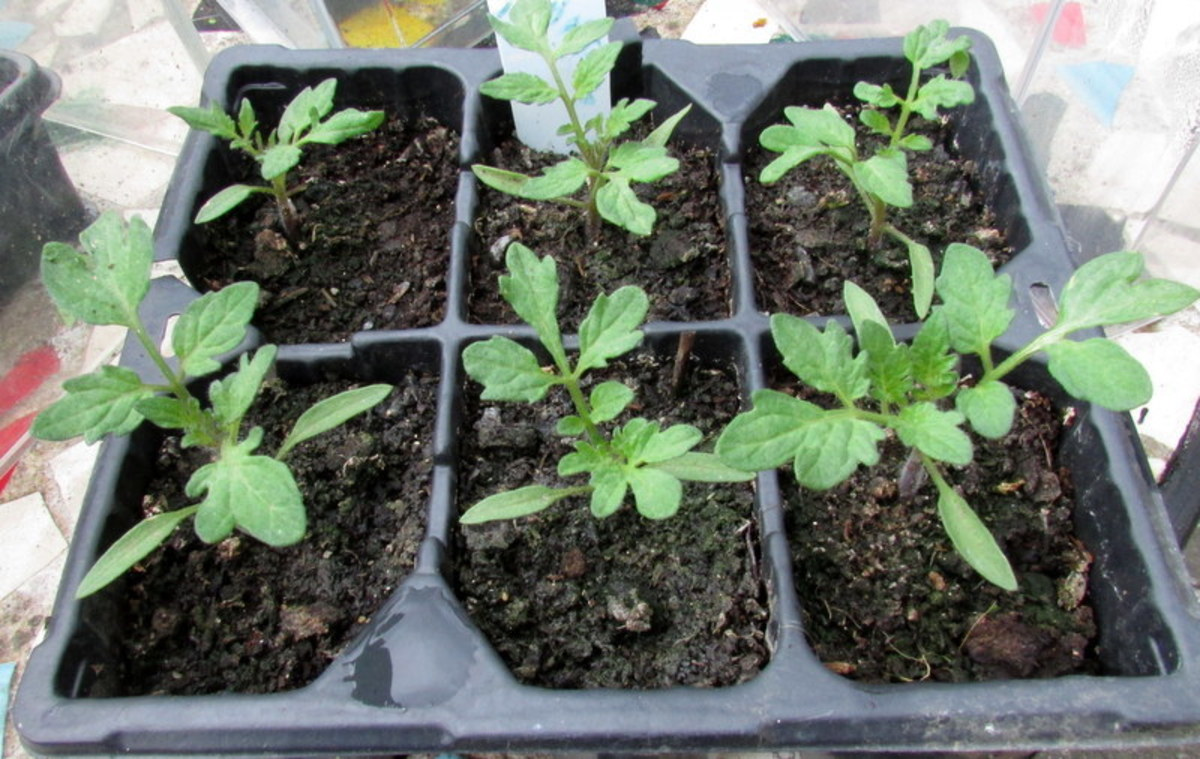
While I’m at it, I mix in a balanced, slow-release organic fertilizer. Look for something with even numbers, like a 4-6-4. I’m a fan of brands like Espoma Tomato-Tone. This initial feeding gives the plant all the balanced nutrition it needs to get established.
Choosing Your Champion: Which Tomato Is Right for You?
Starting your own plants from seed is super rewarding and gives you access to some incredible varieties you’ll never find at a big-box store. Look for seed companies known for their heirloom selections, like Seed Savers Exchange or Johnny’s Selected Seeds. Of course, buying healthy seedlings from a local nursery is a great shortcut!
Plum tomatoes generally fall into two camps:
- Determinate (Bush) Types: These plants grow to a fixed, compact size, produce their entire crop over a few weeks, and then they’re done. They are perfect for containers or for anyone who wants a massive harvest all at once for canning. The classic ‘Roma VF’ is a workhorse in this category.
- Indeterminate (Vining) Types: These guys grow like vines all season long, producing a steady stream of tomatoes until the first frost. They need serious staking or caging. They’re fantastic if you want a continuous supply for daily use. The famed ‘San Marzano’ is in this group, and a personal favorite of mine is ‘Amish Paste’ for its incredible flavor and size.
Honestly, I plant both. The determinates give me my big sauce-making haul, and the indeterminates keep my kitchen stocked all summer.

From Seedling to Garden Beast
If you’re starting from seed, do it indoors about 6-8 weeks before your last frost date. Use a sterile seed-starting mix in small pots. Once they sprout, they need intense light—a sunny window is not enough. A simple set of shop lights hung just a couple of inches above the seedlings for 14-16 hours a day will keep them from getting tall and spindly.
Now for that critical step: hardening off. For 7-10 days, you need to gradually introduce your seedlings to the outdoors. Start with an hour in a shady, protected spot, and slowly increase the time and sun exposure each day. It’s a pain, but it works.
When you’re ready to plant (make sure the soil is warm!), here’s a pro tip: plant them deep. Tomatoes can grow roots all along their stems. I dig a shallow trench, lay the seedling in it sideways, and gently curve the top few inches upward so it’s pointing at the sky. Then, I bury the whole stem. This creates a massive root system that makes the plant much more resilient. Before I fill the hole, I toss in a handful of crushed eggshells for a slow-release calcium boost.
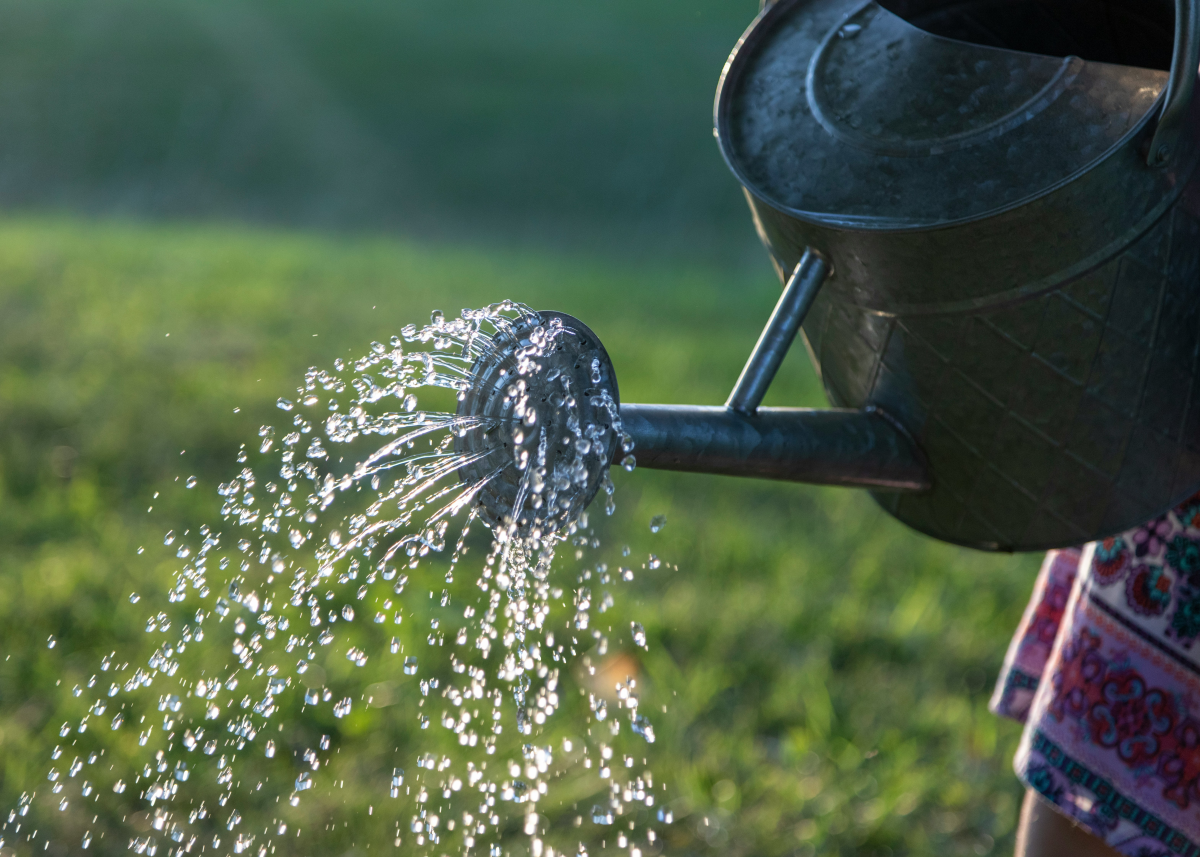
The Season-Long Care Routine
Consistency is key. A simple, steady routine will keep your plants happy and productive.
Watering and a Quick Win
Water deeply at the base of the plant once or twice a week, depending on the heat. Use a soaker hose to keep the leaves dry. The goal is to soak the soil 6-8 inches down. To check if it’s time, just stick your finger two inches into the soil; if it’s dry, it’s time to water.
Quick Win: If you do only one thing from this guide, do this. Add a 2-inch layer of straw or shredded leaf mulch around your plants. It costs next to nothing, takes 15 minutes, and practically solves blossom-end rot by keeping soil moisture even. It’s the best return on investment in the whole garden.
Feeding for Fruit, Not Just Leaves
Once you see tiny, pea-sized tomatoes forming, it’s time to change how you fertilize. You want to back off the nitrogen now. Too much will give you a beautiful, lush jungle of leaves with no fruit. I switch to a liquid organic feed that’s lower in nitrogen, like Neptune’s Harvest Fish & Seaweed Fertilizer, and apply it every couple of weeks. This pushes the plant’s energy into making tomatoes.
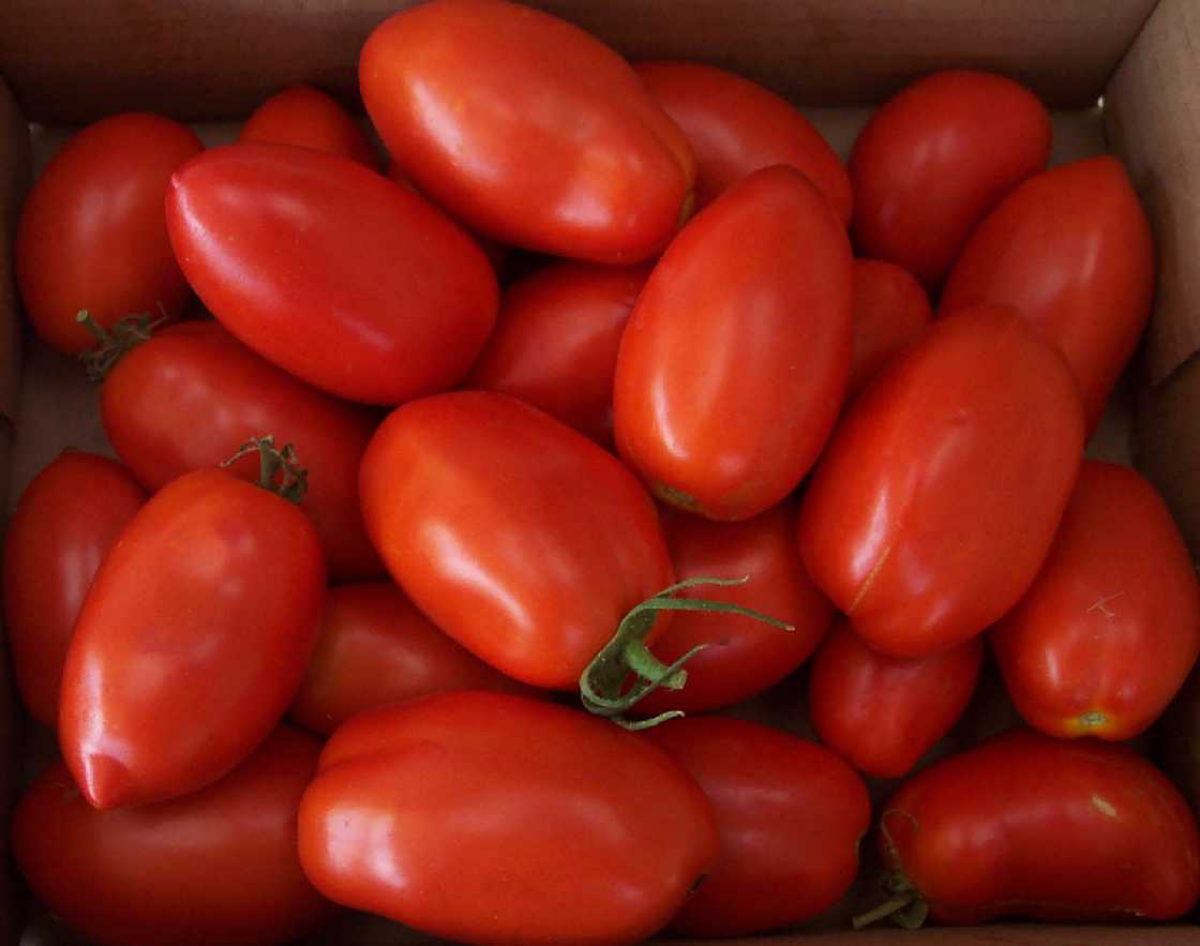
Support and Pruning
Indeterminate tomatoes need serious support. A Florida Weave—with stakes every two plants and twine woven between them—is an efficient way to support a whole row. For pruning, the main job is to pinch off the ‘suckers’—the little shoots that pop up in the crook between the main stem and a branch. Removing them keeps the plant from becoming a tangled mess and focuses energy on the main stems.
A word of caution: don’t go crazy with pruning. The leaves are the plant’s solar panels and provide essential shade for the fruit. Too much sun exposure can cause ugly white patches called sunscald.
Troubleshooting the Inevitable
Even the best gardeners run into problems. Here’s what to watch for.
- Blossom-End Rot: That dark, leathery spot on the bottom of the tomato? That’s not a disease, it’s a calcium uptake problem caused by inconsistent watering. The solution isn’t more calcium; it’s more consistent moisture. See? Mulch to the rescue!
- Tomato Hornworms: These giant green caterpillars can destroy a plant overnight. The easiest way to deal with them is to pick them off by hand in the morning. (A UV blacklight at night makes them glow, which is both creepy and effective.)
- Fruit Cracking: This usually happens when a heavy rain follows a dry spell, causing the fruit to swell and split its skin. Again, consistent watering is your best defense.
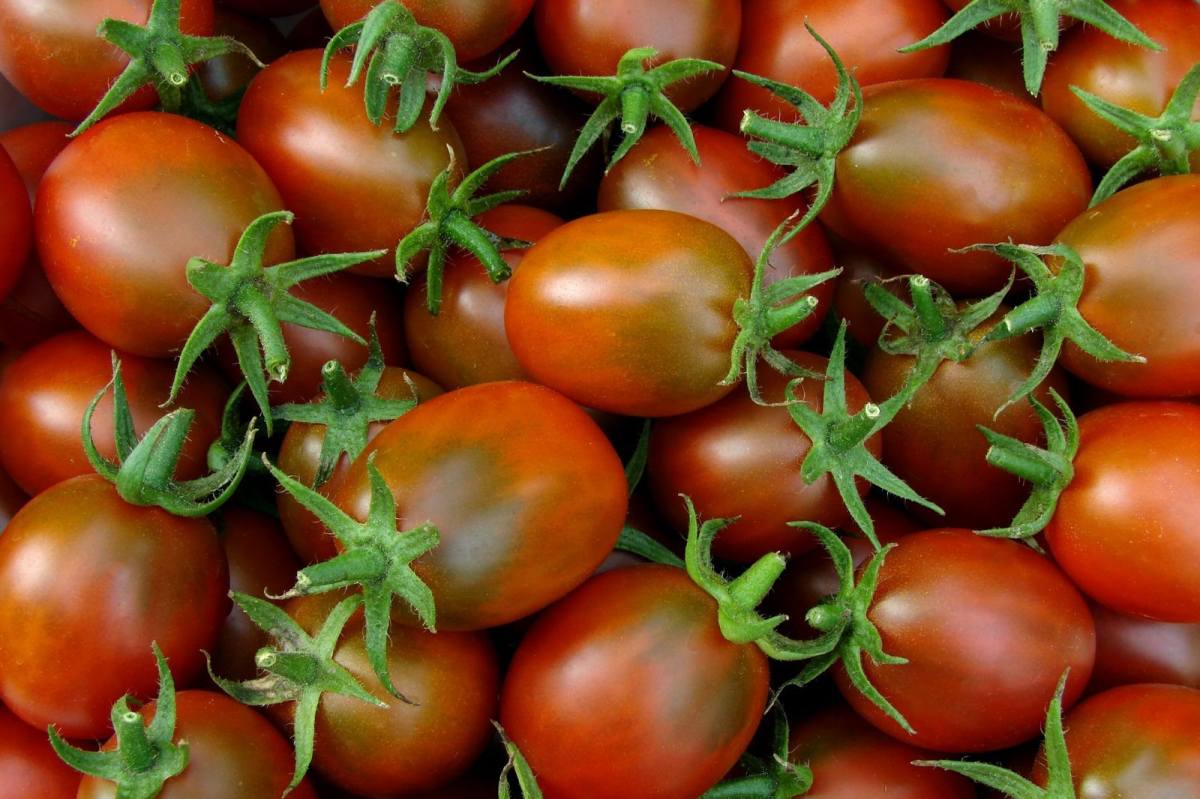
Growing in Pots or Different Climates
Not everyone has a huge yard, and that’s okay! You can absolutely grow plum tomatoes in containers. Just be sure to use a big pot—at least 10 gallons per plant, and a determinate variety is your best bet. Use a quality potting mix, not heavy garden soil.
Oh, and a heads-up: a 10-gallon pot full of wet soil can easily weigh over 75 pounds! Make sure your deck or balcony can handle the load. Container plants also dry out incredibly fast, so plan on watering daily in the summer heat.
If you’re in a really hot climate, afternoon shade from a shade cloth can be a lifesaver, and a thick layer of mulch is non-negotiable. In cooler, short-season areas, focus on warming the soil with black plastic before planting and choose early-maturing varieties like ‘Juliet’.
The Payoff: Harvesting Your Bounty
You’ll know they’re ready when they have a deep, uniform color and release from the vine with a gentle twist. The smell is a dead giveaway—a ripe tomato has a rich, earthy aroma right at the stem. If an early frost is coming, you can pick all the green ones. Any with a hint of color will ripen indoors if you place them in a paper bag with a banana.
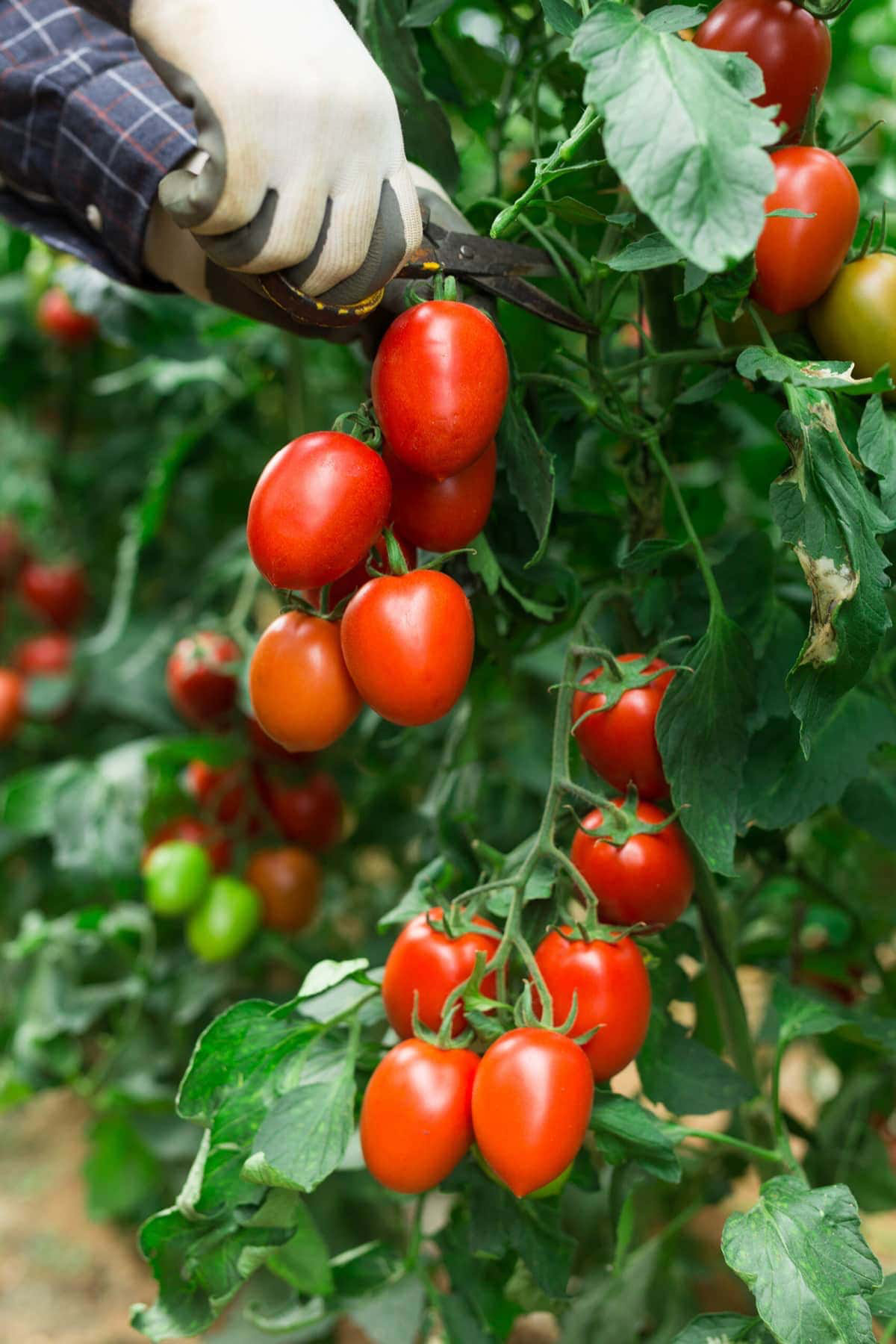
Gardening is a journey, and the best teacher is your own backyard. Don’t be afraid to experiment. These methods are a fantastic starting point, but paying attention to what your plants are telling you is the real secret. Now go get your hands dirty!
Galerie d’inspiration
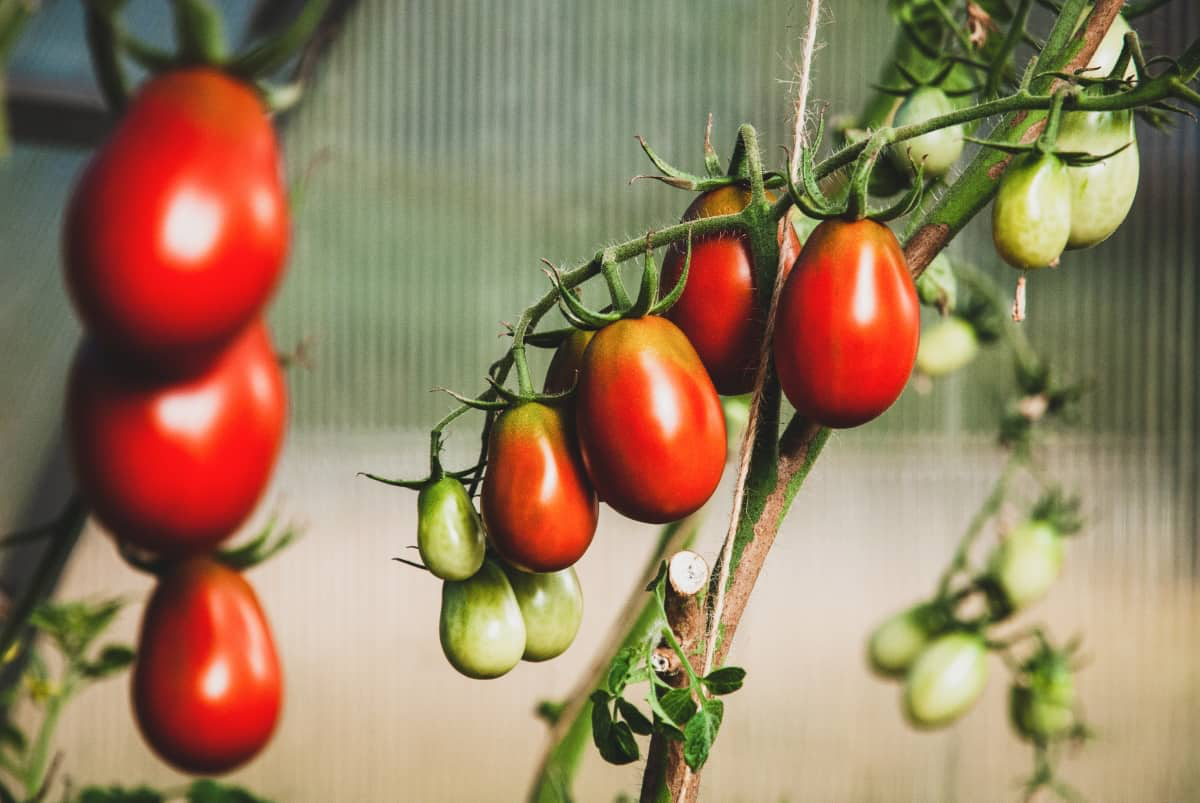
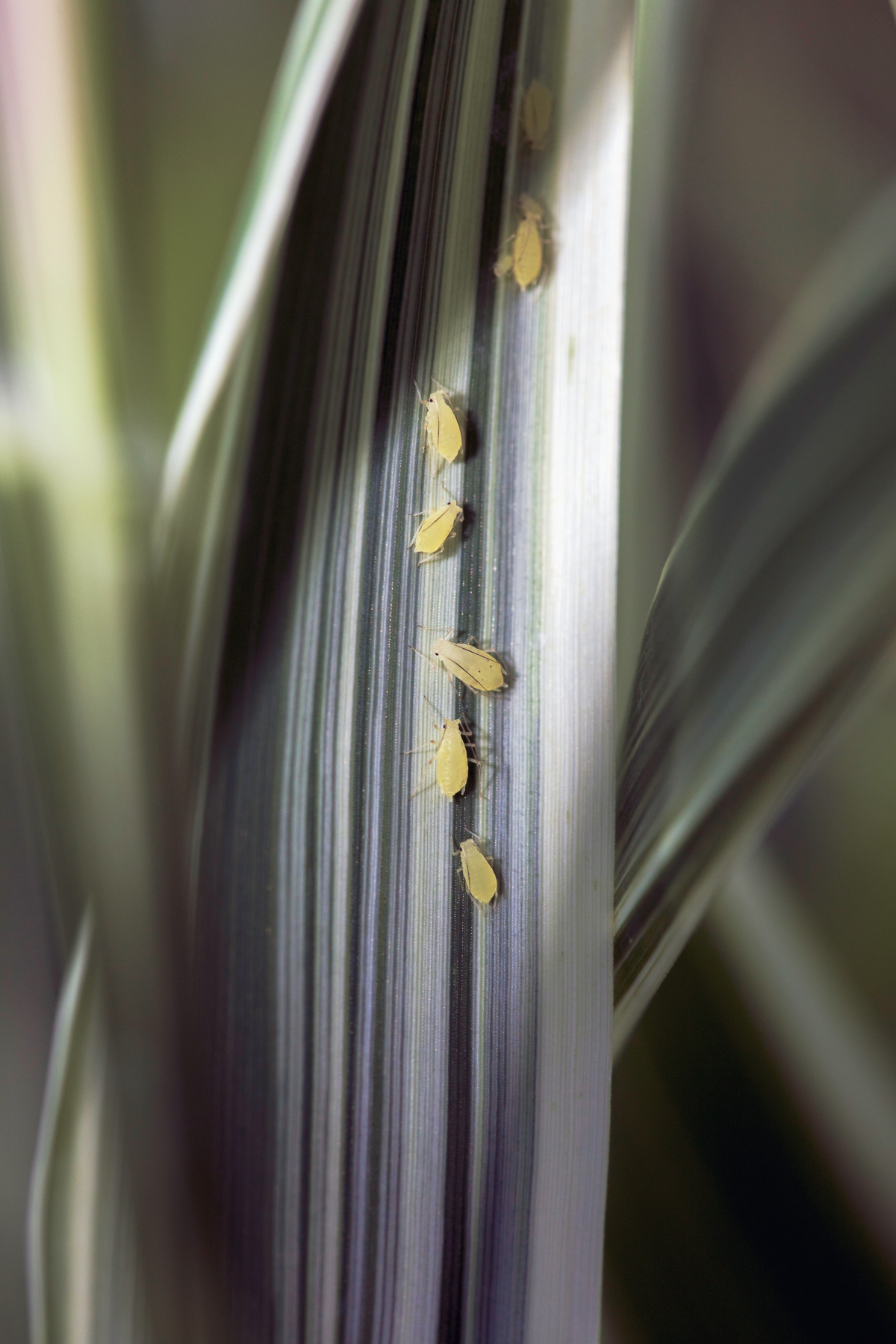
San Marzano: The undisputed king for authentic Italian sauce. These heirloom tomatoes are prized by chefs for their low acidity, minimal seeds, and dense, almost dry flesh that cooks down into a sublimely rich, sweet paste. They are typically indeterminate, meaning they produce fruit all season long.
Roma VF: A classic, reliable workhorse. This determinate variety produces a large, concentrated crop perfect for a big canning day. The fruits are thick-walled and meaty, offering a great sauce yield with a traditional tomato flavor. The ‘VF’ indicates resistance to Verticillium and Fusarium wilts, making it a great choice for beginners.
For the ultimate authentic flavor, choose San Marzano. For a single, massive, and disease-resistant harvest, Roma is your best bet.
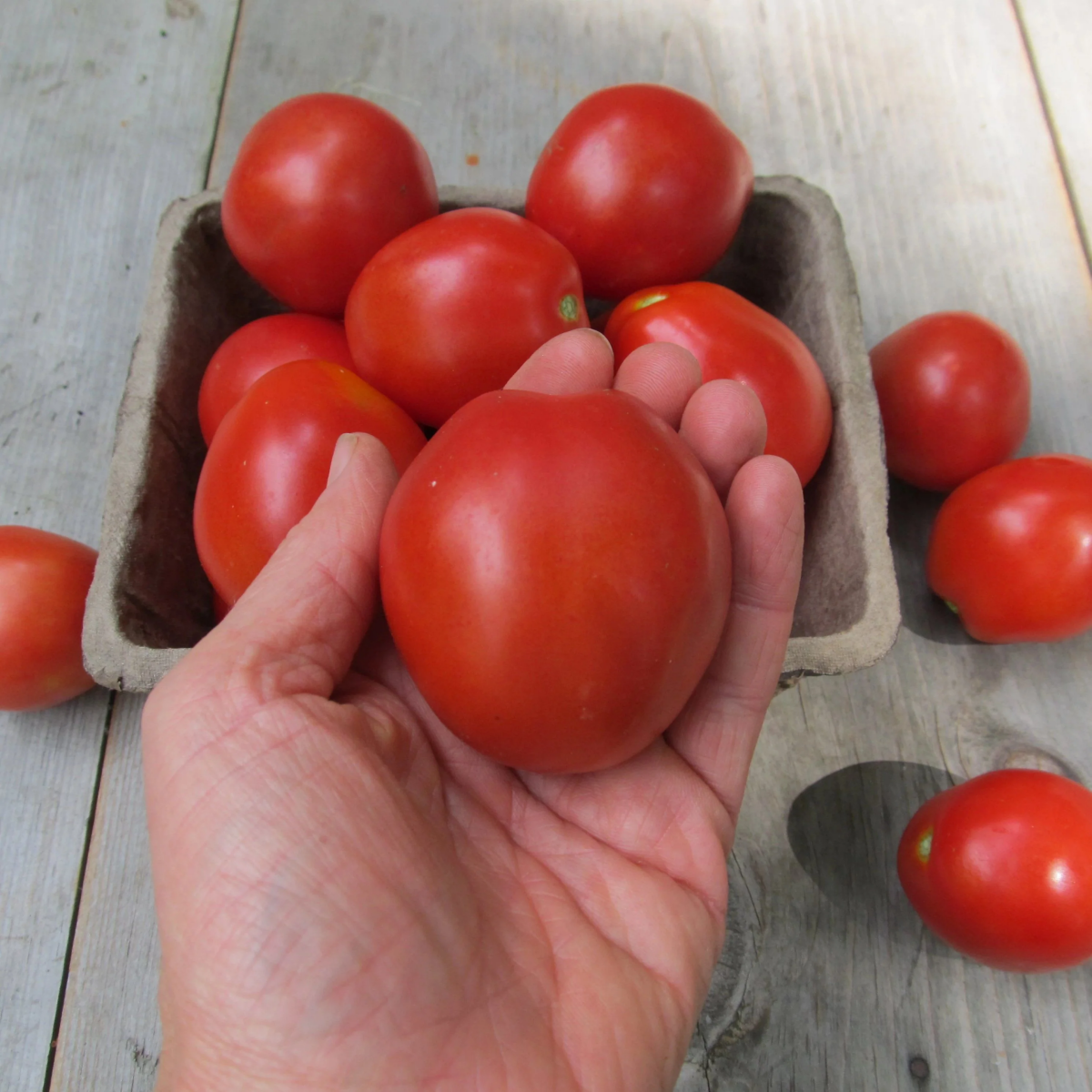
A tomato patch doesn’t have to be a lonely row of cages. Companion planting can actively improve soil health, deter common pests, and even, some gardeners swear, enhance flavor. Think of it as creating a small, cooperative ecosystem right in your backyard.
- Basil: The classic partner. It’s reputed to repel tomato hornworms and whiteflies, and you can harvest it at the same time for your sauce!
- Borage: Its beautiful blue flowers are a magnet for pollinators and predatory wasps that feast on garden pests.
- French Marigolds: Not just for looks! Their roots release a substance that can suppress root-knot nematodes, a destructive microscopic soil pest.
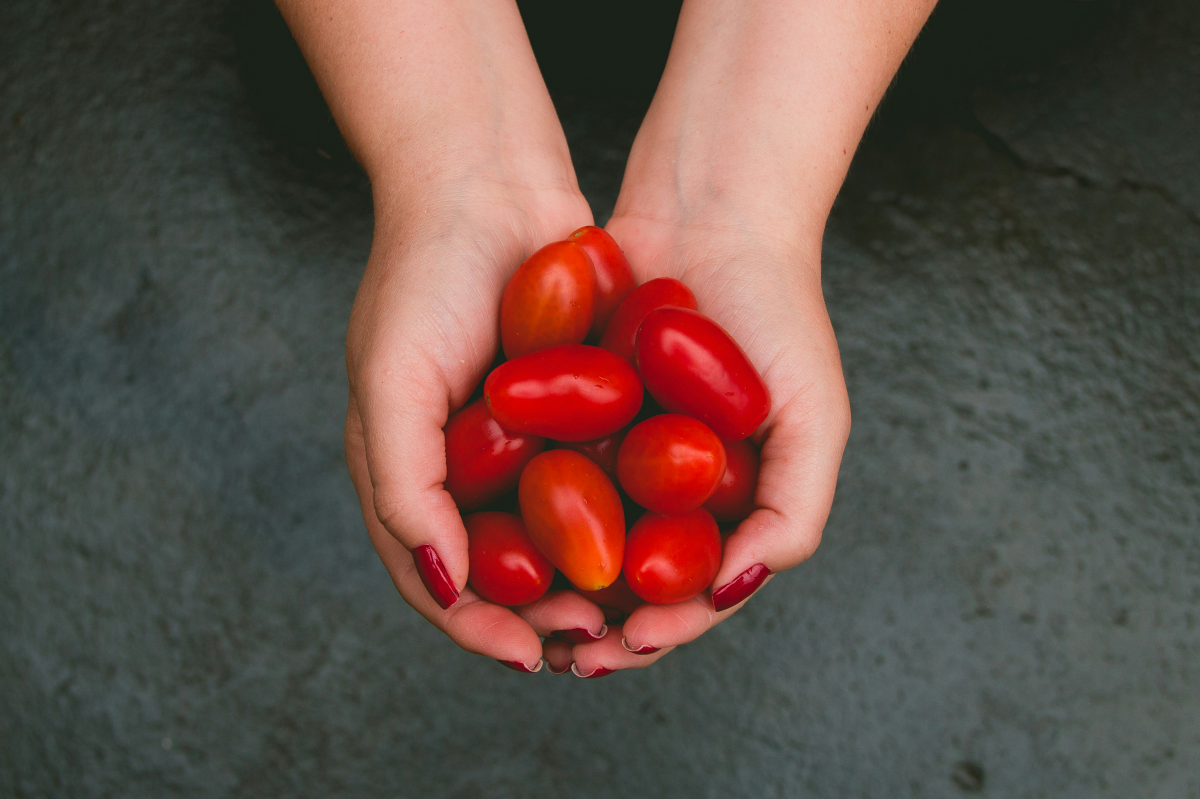
A single tomato plant can absorb up to 2-3 gallons of water per week during the peak of summer fruiting.
This is why the article’s advice against light, daily sprinkling is so critical. A shallow watering only moistens the top inch of soil, encouraging weak roots and leaving the plant thirsty. Deep, infrequent watering—saturating the root zone once or twice a week—trains the roots to grow deep in search of moisture, creating a stronger, more resilient, and more productive plant.
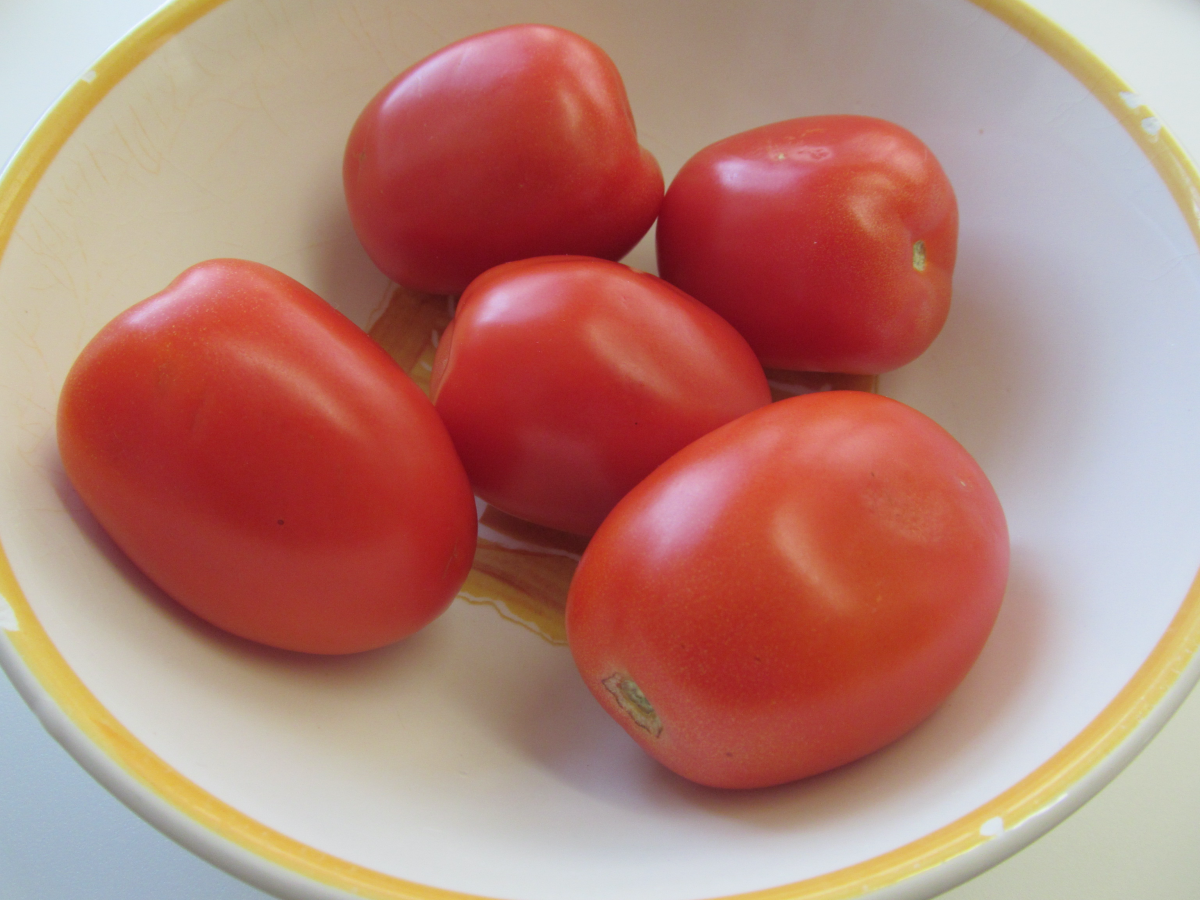
Seeing yellowing leaves with a tell-tale mottled pattern on your tomato plants?
This could be a sign of a magnesium deficiency, which is common in hard-working tomato plants. An easy, old-school fix is a simple Epsom salt drench. Dissolve one tablespoon of Epsom salt (magnesium sulfate) in a gallon of water and use it to water the base of your plants once a month. This provides an easily absorbed boost of magnesium, helping the plant with chlorophyll production and energy conversion, leading to greener leaves and better fruit development.
Don’t underestimate the unique, sharp, and earthy scent that comes from brushing against the leaves and stems of your tomato plants. That fragrance, which clings to your hands and clothes, is caused by oils in the tiny hairs (trichomes) on the plant. It’s the unmistakable perfume of a summer garden at work.










